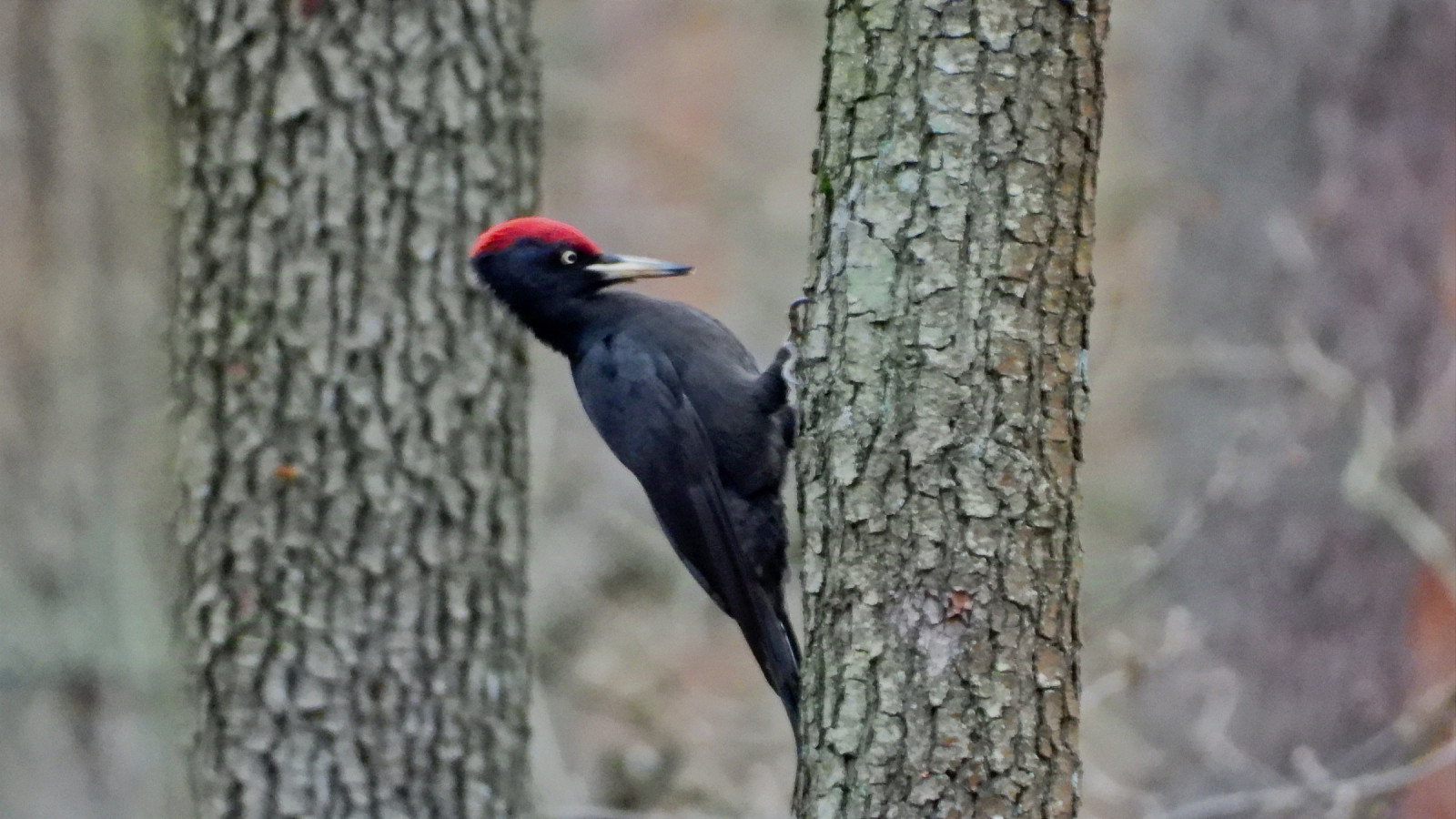Description
Lasy Radłowskie Reserve is mainly composed of oak- and pine-dominated forests, with areas containing birch, hornbeam, alder, willow and lime tree. Both older and younger parts make a diverse environment for animals and plants. With a mosaic of man-made water reservoirs and fishponds it is also full of water-dependant organisms, especially birds, both local and migratory.
What's important, a lot of fauna can be observed from the main trail that connects Wierzchosławice and Waryś, so it doesn't require a lot of exploring.
There are plenty of common forest bird species, all native tit and chickadee species, especially Ćubasta senica, which can be found in pine-dominated areas, as well as many species of woodpeckers, like Siva žuna, Srednji detlić and Crna žuna, which all often can be seen from the main trail, especially near the parking place in Wierzchosławice.
There are a few species of raptors, mostly Mišar and Kobac. Near fishponds there can be seen some resting Belorepan and, especially during migration, Ribar. Lasy Radłowskie is home to a few species of owls, especially Utina, Šumska sova, Dugorepa sova and Mala sova.
Around fishponds and wetlands there are some areas overgrown with reeds. They are home of many species of passerines, especially species from genus Acrocephalus, Obični cvrčić and Barska strnadica.
Other, common species: Gluvara, Mali gnjurac, Golub grivnaš, Žalar slepić, Veliki vranac, Siva čaplja, Velika bela čaplja, Vodomar, Veliki detlić, Mali detlić, Zelena žuna, Sojka, Gavran, Jelova senica, Siva senica, Planinska siva senica, Plava senica, Velika senica, Brezov zviždak, Obični zviždak, Dugorepa senica, Crnoglava grmuša, Kraljić, Brgljez, Kratkokljuni puzić, Dugokljuni puzić, Carić, Čvorak, Drozd imelaš, Drozd pevač, Obični kos, Crvendać, Zeba, Batokljun, Zimovka, Zelentarka, Češljugar and Čižak.
Details
Access
The main trail is available from Wierzchosławice or Waryś village. There is a large parking place from Wierzchosławice side. Press a P on the map for directions. It's best to explore both the main trail and other areas by foot, but a bike can also be an option. Local people use the main trail as a shortcut for cars, but it's not advised to try this way of exploring in the forest (especially, there may be restrictions of the use of the road - only for residents/with permission). The main trail is easy, broad and quite flat, but other trails can be narrower and muddy. Access to some paths (especially ones around some fishponds) can be restricted.
Terrain and Habitat
Forest , Wetland , Scattered trees and bushes , River , Pond , Mud flats , Park , ReedbedsConditions
Flat , Wet , Slippery , High water possibleCircular trail
YesIs a telescope useful?
Can be usefulGood birding season
All year roundBest time to visit
SpringRoute
Paved road , Wide path , Unpaved road , Narrow trailDifficulty walking trail
EasyAccessible by
Foot , BicycleBirdwatching hide / platform
NoExtra info
Most birds here are very active - there isn't really a need to stimulate them if they are somewhere around. Please, avoid doing so. If you want to find most of the singing birds, try to be there as early, as possible (morning hours). Owls tend to show up mostly in the morning/evening hours.
Best to go along roads/paths, especially the main one, although it can get quite busy in warm weekends.
Hazards: ticks, deep mud, deep wetland. Keep in mind the presence of large animals (deer, moose, boars) and other people (local people driving through main trail, foresters, hunters, mushroom pickers, wanderers etc.)!!!



